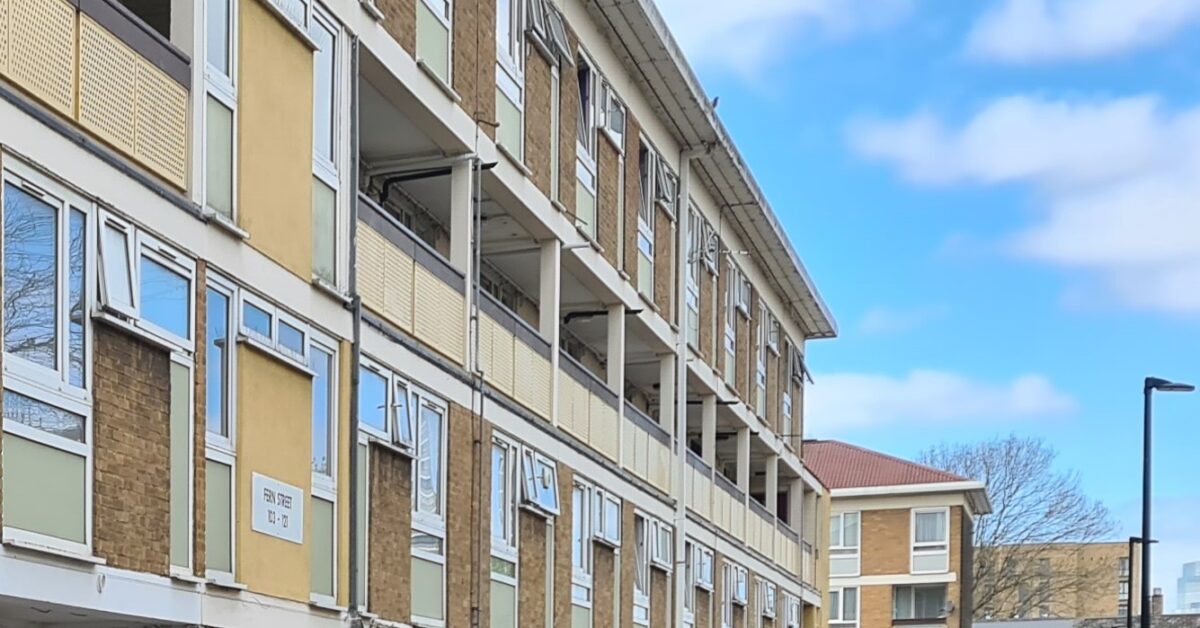Housing Revenue Accounts (HRAs) manage council housing. They receive no subsidy. Their income is overwhelmingly from tenants’ rent and service charges; 94% of the collective income of all HRAs. The quality of the homes, and hence the living conditions of tenants, depends upon key housing components (bathrooms, kitchens, central heating, roofs etc) being renewed in good time. If they are left beyond their useful life then the homes deteriorate.
Today, HRAs have insufficient funding to renew existing homes over the long term. My own council, Swindon, has a shortage of capital funding of £80 million over the next five years alone. This is unexceptional amongst councils. Whatever the differences between them all HRAs are short of sufficient resources.
Why are they short of funding? In 2012 a new council housing finance system was introduced – self-financing. It involved a ‘debt settlement’ in which what was deemed by government to be the national council housing debt was disaggregated and shared out amongst stock owning councils. £13 billion extra bogus debt was imposed on 136 councils.
In this fraudulent paper exercise the Public Works Loans Board (an agency of the Treasury) ‘loaned’ them £13 billion. Together with ‘historic debt’ councils owning housing are burdened with around £26 billion debt.
This isn’t in any real sense debt. It is the result of what you might call creative accounting by the Treasury. It’s a means of fleecing tenants whose rent pays off the loans and the interest charges. Currently, it costs councils £1.25 billion a year – 15% of the £8 billion total income of HRAs – to service this debt. Only 12%, £970 million, was budgeted for capital spending last year. That covers renewal of existing stock, cost of new build and purchases.
We can say this debt is bogus because we know that council tenants have paid more rent than the costs of borrowing for past building programmes. The House of Commons Council Housing Group discovered that in the 25 years to 2008, tenants paid £91 billion in rent but councils only received £60 billion ‘allowances’1. The £31 billion difference was more than outstanding debt for past building programmes. That’s why the demand to cancel this so-called debt was made by Defend Council Housing, the House of Commons group, even the LGA. Unfortunately John Healey refused to agree, as did the Tories when elected.
Grant Shapps, Housing Minister in 2012, said that it would provide sufficient funding for councils to be able to maintain their stock to the Decent Homes Standard, over the 30 years of their business plans. This wasn’t true. The previous government’s own research showed that if funding was based on actual need, it would require a 67% increase. Yet the increase was just 24%. So under-funding was built into the system from the very start. Then from 2012 the coalition and Tory governments introduced policies which resulted in the amount of income councils collected being much less than projected in the ‘debt settlement’.
The amount of so-called debt which each council was given was based on an estimate of their rental income over 30 years and the number of RTB sales (each home sold is rent income lost to HRAs). However, the government
- increased discounts on RTB as a result of which there was a five-fold increase in sales. This meant that councils lost far more rent than estimated in 2012.
- introduced a 4 year rent cut of 1% a year.
Since HRA business plans were based on projections which are now completely out of synch with actual income, councils are collecting hundreds of millions of pounds less rent than incorporated in their business plans. For example, Swindon is projected to collect approximately £360 million less rent over the course of the business plan than the 2012 estimate, Newcastle in the region of £500 million less. Overall, councils will take in many billions less rent income than estimated in 2012.
The result of this is that HRAs have insufficient funds to renew their existing stock in the long-run. Key components which are left in place beyond their useful life not only lead to worse living conditions for tenants and the irritation of repeated job requests as components fail regularly, but they also drive up responsive repair costs.
Labour’s 2019 general election Manifesto included a commitment to review council housing debt. Obviously it cannot do that directly without being in government. However, it is time for Labour to end its silence on this issue. It can challenge the Tories under-funding of HRAs. Under the 2011 Localities Act the government has the power to reopen the ‘debt settlement’ and readjust the debt if there are significant changes in income or costs. Labour should be demanding that the government do just that and write off debt at least in line with the projected losses that have resulted from their policies since 2012. Through its group in the LGA, Labour could collect statistics which highlight the scale of the shortfall faced by councils over the course of their business plans and organise a national campaign.
Labour should also make a commitment itself, to cancel the debt if elected. The Labour Campaign for Council Housing has just published a pamphlet, The case for cancelling council housing debt, which examines the historical reason for this financial crisis in more detail than I have space for here.
Debt cancellation would address the under-funding of HRAs in relation to the existing stock. The extra £1.25 billion would enable more than double the level of investment in renewal of key components to be spent. Labour should be demanding from the government funding sufficient to maintain and improve the standard of existing homes. Moreover, with a Decent Homes Standard review currently taking place Labour has a duty to highlight the consequences of this under-funding. Proposals to improve the standard of the DHS would be worthless without councils having the wherewith-all to carry out the necessary work.
1 This was not government money. The ‘allowances’ were in reality councils’ rental income. The government decided how much of it they could keep.

